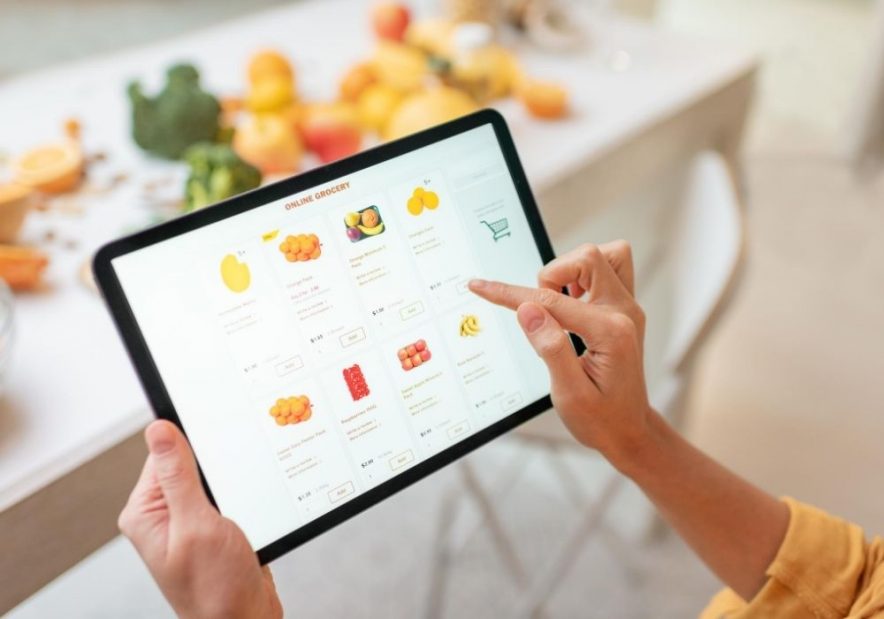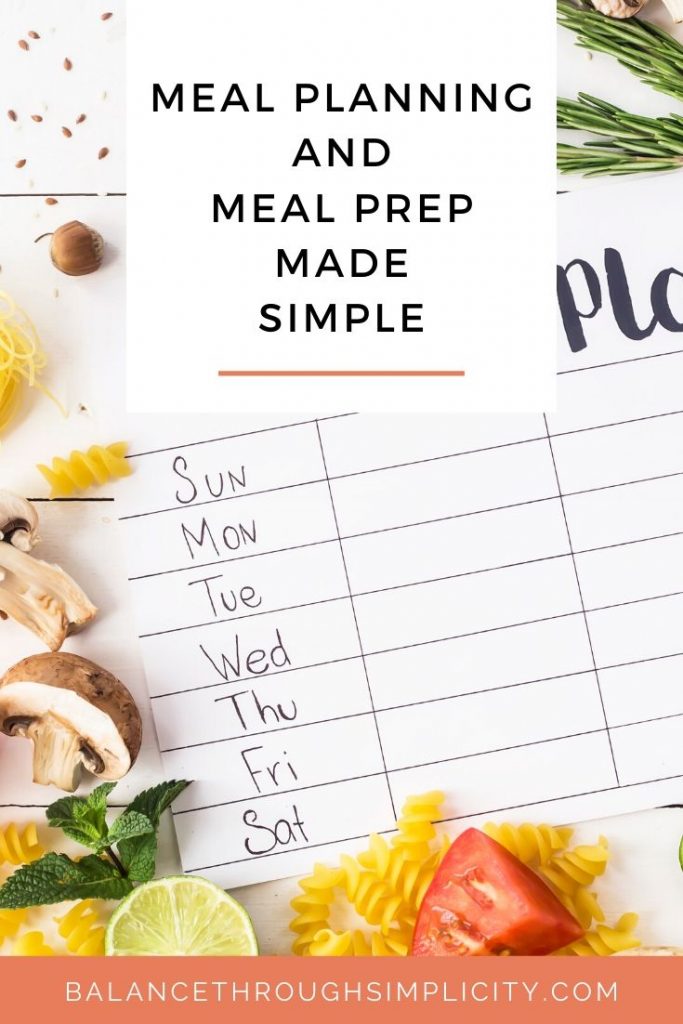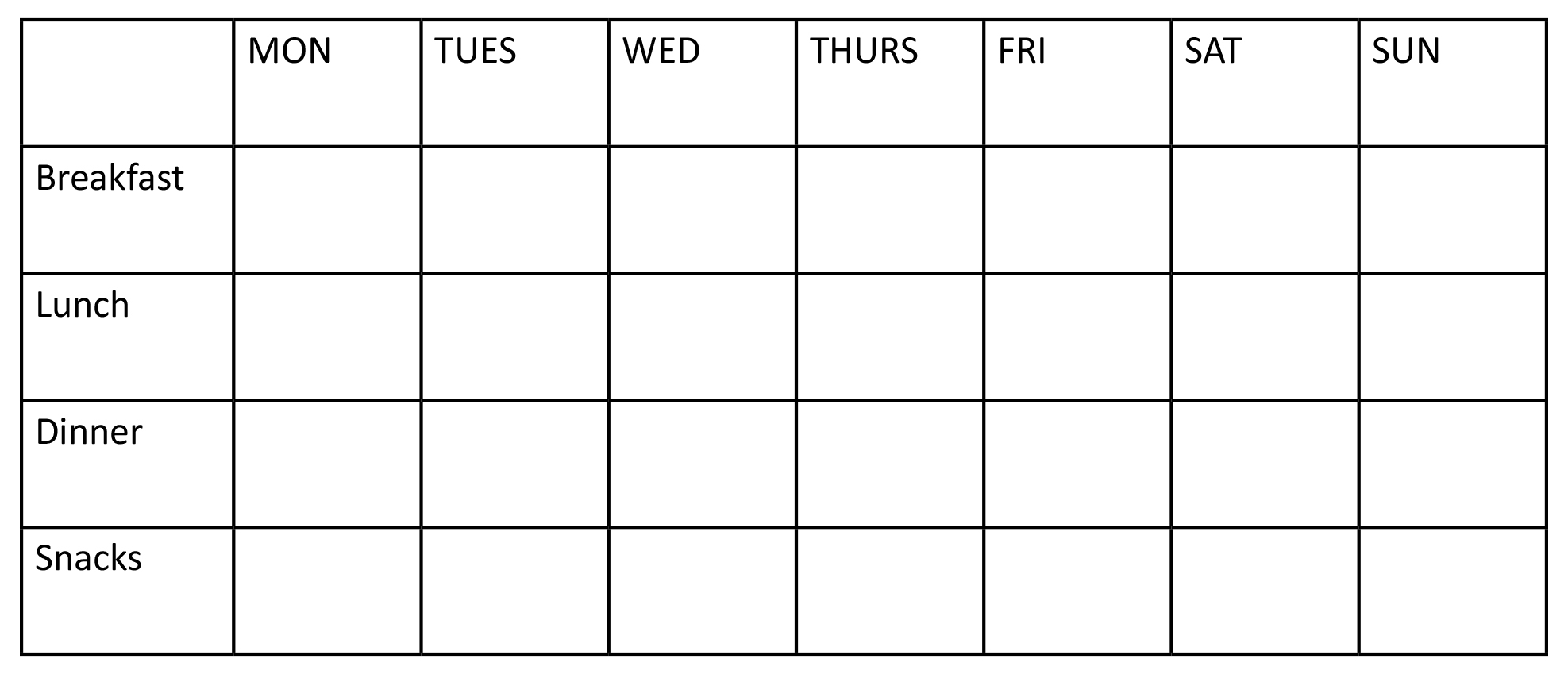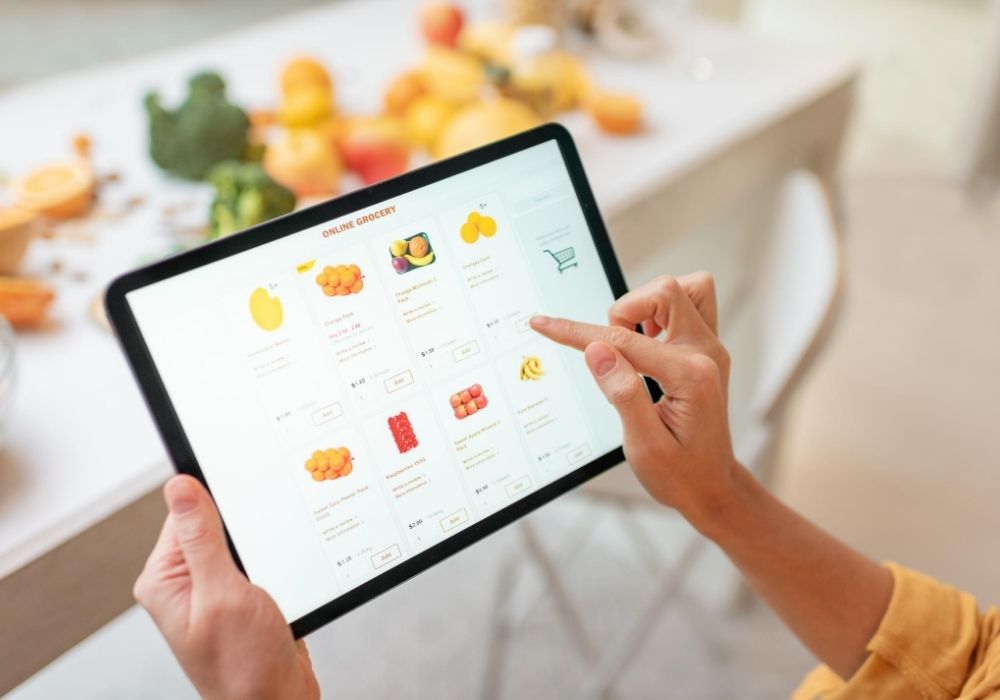Easy Planners
Planning made simple
Planning made simple

Do you struggle when it comes to deciding what to feed your family for dinner and then having to cook it? When you’ve been busy all day making 101 decisions, one of the last things you probably feel like doing is deciding what to eat for dinner and cooking it. Check out this post on meal planning made simple to take the stress out of meal times!
I must admit that meal planning and meal prep is an area where I’ve struggled in the past. I can never seem to decide on what I feel like eating more than a day ahead. Our family’s lives have also been so busy that my approach has always been more of a ‘wing it on the day’ rather than a shining example of organised domesticity!
With my husband working long hours we were never sure, until towards the end of the day, whether he would be back in time for dinner. My two daughters were younger then and needed their dinner earlier than they do now. Every other weekend I would also have my step kids to feed, so the fridge needed to be fuller and I had to choose meals that all seven of us would eat and enjoy, despite different tastes, appetites and fussy eaters!
As a result, my meal planning was totally haphazard, often done on a whim (if at all) and didn’t make much difference to my stress levels in the run up to dinner time.
Fast forward to now and I’m much better at meal planning and being more organised in the kitchen. I still don’t particularly enjoy it, but I totally appreciate the benefits so much that I’ve forced myself to make weekly meal planning part of my regular routine.

Some of the benefits that we’ve noticed are:

There are lots of resources on the internet about meal planning, often with templates and charts that you can download and fill out yourself.
All you really need is a basic calendar or table set out a bit like this:

Instead of one, you might want to have four so that you can plan for the month ahead, rather than just the week, but if that’s too much then try small, baby steps at first, one day or one week at a time.
Look at your calendar for the coming week so you can plan for what meals are needed, when and for how many people. (Here are some other things you could also do to plan for the week ahead).
Next, you need to choose which meals to cook when and fill in the spaces on your chart. Again, make sure you include breakfast, lunch, dinner and all snacks.
If you get stuck, make a list of your family’s favourite top 5 or top 10 meals and rotate these. Meal planning is meant to make your life easier and simpler so if you really don’t like cooking then don’t force yourself to be creative. It’s ok to stick with the same meals and just swap them around. Or, of course, you can be totally adventurous but just make sure you’re realistic in who is going to eat what!
Just a quick note here – You don’t have to stick with the chart rigidly and you can do something different if and when you feel like it for a mealtime. But, allowing for every snack and meal will mean that you can rustle something up with minimum stress. If take-away or a meal out beckons one day and you prefer to do that at the time, go for it! Planning for every meal in advance means at least you have options to decide either way.
Once you know which meals you need to plan for and have decided what those meals are going to be, the next step is to make a shopping list of all the ingredients you’ll need for the week. Also keep an ongoing list of anything that you’ve run out of during the week and keep it on the notes in your phone or on a list on the fridge.
Get your family (even your kids) to write down on this list if they’ve used the last of something. Check all these lists when it comes to making your main list for the week.
I do my meal planning on a Sunday afternoon when I’ve got some quiet time to think and the kids are busy doing something. I’ve got into the habit of doing it then and it’s now become a ritual that I follow every week.
I also order my online food at the same time and arrange for it to be delivered on the Monday late afternoon. Again, I do this every week. This way I can calculate exactly how much of the basics I need to order to make sure we’ve got enough for the week and I know that if we’ve run out of something then we’ll have it by Monday. For us, Monday is the only day of the week when I know we’ll be home to wait for the delivery and not out at after school club, work or playing in the park!
Many of the companies offering online food delivery will allow you to keep a list of your favourites, the items you buy regularly, so this saves you time as you can just order the same items repeatedly rather than searching around. If you switch supplier, they will often let you import your favourites list from another supplier.
There are also delivery saver options and some companies are cheaper or more flexible than others when it comes to delivery slots. It’s very much up to you which you prefer.

Another way you can make things simpler and save yourself some time, is to meal prep as well as meal plan.
When you’re unpacking the food you’ve bought, take some time to wash and prepare the fruit, for example, and divide it into individual pots or containers before you put it in the fridge.
They’re ready then to just grab when you or the kids need a snack and you’re much more likely to go for this healthy option if it’s ready to eat and go. You won’t be put off by having to wash it, remove the green bits/seeds, chop it up etc. when you’re hungry or in a rush.
The same idea works for vegetables, cutting down your preparation time in the evenings.
Here’s another example – I buy a whole chicken every other week, roast it in the oven, then slice it up and keep it in the fridge. This way we have chicken that’s prepared and ready to use in a variety of ways – sandwiches, stir fries etc without having to plan ahead for preparing and cooking it.

Remember that meal time should be fun, enjoying good food as family, chatting about your day and all being together (whenever possible).
Removing the stress about choosing and cooking your dinner will also make it much more likely you can enjoy your dinner too, rather than it being just another chore that you have to get through, when you’re tired, hungry and want to unwind from the day.
Contact us for more information.